

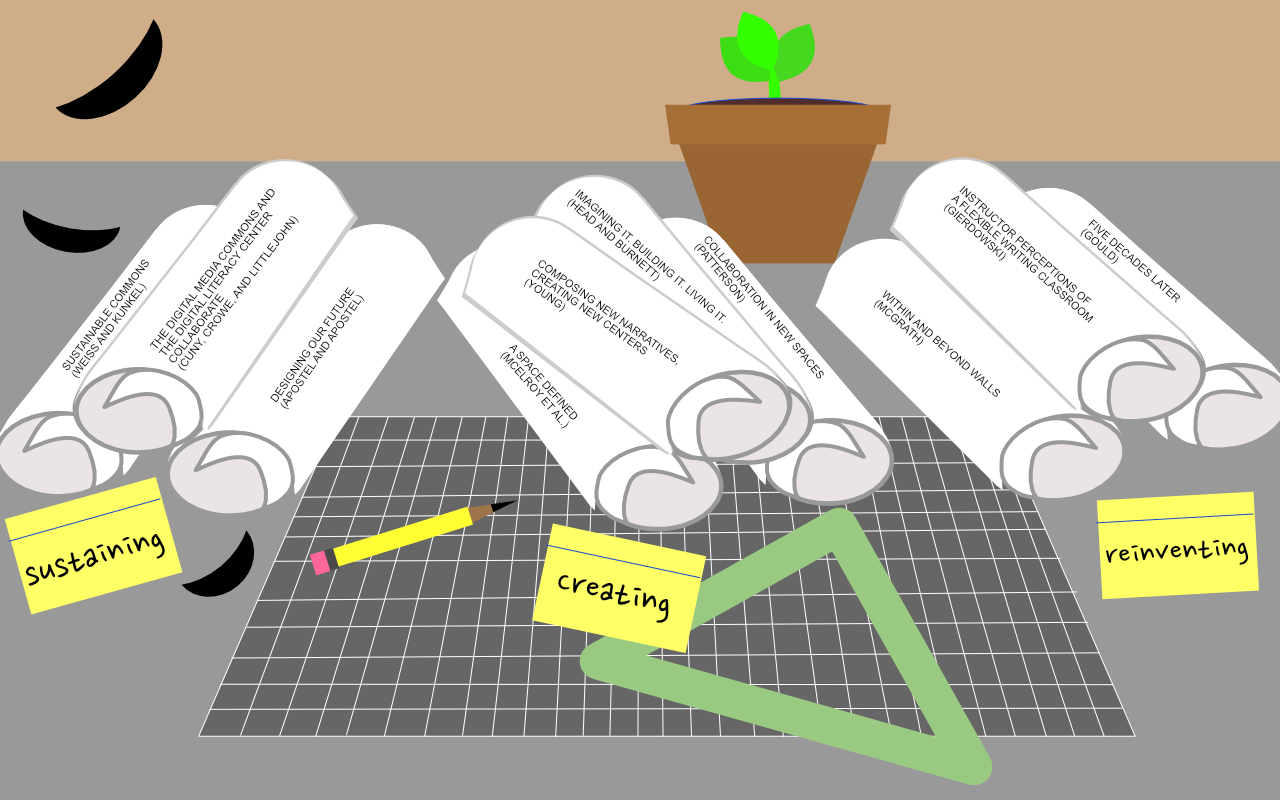





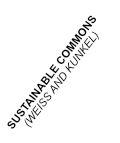
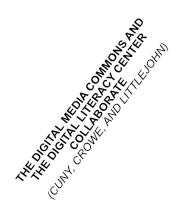
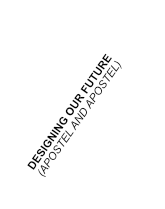
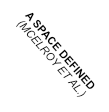
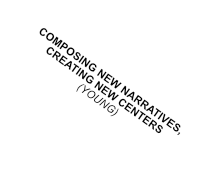

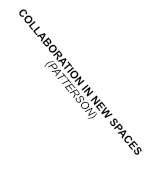
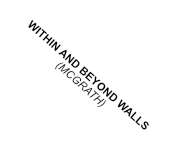
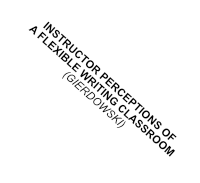


Like Techne and Reconstructing the Archive, Sustainable Learning Spaces shares stories in which the authors are personally involved. In these cases, however, the narrators are members of university communities working to redesign a learning space. These stories trace a focal space’s development through numerous collaborations and constraints, reflecting on the anticipated sustainability of the infrastructure and design practices out of which it emerges.
The collection of ten essays is divided into sections based on themes of “creating,” “reinventing,” and “sustaining” as evolving stages of the design process, along with an overview and a coda. There are stories of creating space in a new building entirely from scratch (Head and Burnett) and stories of working within and revising an existing space (Gould), as well as stories tracing the trajectory of a space’s history once the academic community has had the chance to live into it a bit (McElroy et al.) Some of the stories focus on instructional spaces (McGrath, Patterson), while others focus on more flexible spaces such as writing centers and library composing studios (Cuny et al., Weiss and Kunkel, Young). One essay focuses specifically on teaching practices within a redesigned learning space (Gierdowski), and another on sustainable solutions for dealing with the eWaste that these spaces frequently generate (Apostel and Apostel). Overall, the primary weight of the collection appears to be on the administrative side in documenting the behind-the-scenes processes of the various spaces’ creation and development. The voices that appear to be lacking most are those of the students inhabiting the spaces, which perhaps raises an interesting question: what role do student voices play in building sustainable spaces that are meant to serve a population in transition?
In terms of these stories’ media forms, Sustainable Learning Spaces tends to follow more of a traditional alphabetic format than Techne or Reconstructing the Archive, which is perhaps in keeping with its argument; such a format certainly may be a more sustainable solution for coordinating multiple authors’ articles with easily embeddable meaning (an answer suggested by a note indicating that one of the articles [McElroy et al.] was redesigned for the purpose of inclusion in the collection). At the same time, I wonder what such a collection might look like with a little more attention to the mediated form of its design, especially in addressing such a multi-channel topic as space. There were images of the spaces, but they tended to be relatively small compared to the visual “real estate” of the alphabetic text. The layout of the piece as a whole was also somewhat challenging to navigate; there was no “table of contents” that provided an overview of all the essays together, which made it difficult at times to map out a “sense of place” within the collection itself. Overall, based on the layout and the stories’ presentations (and as the editors themselves suggest [Overview]), the collection seems most effective as a set of case studies for further examination based on each reader’s individual contexts and needs (writing centers, library commons, classroom teaching, lecture halls, etc.), rather than as a linear work to be read “cover to cover.”